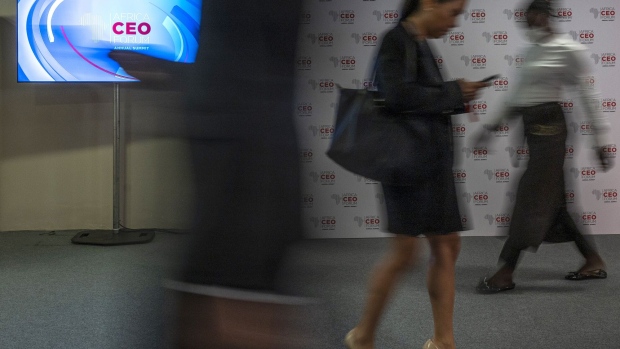May 7, 2024
Trade Finance for Women Needs More Data, Less Red Tape, Says IFC
, Bloomberg News

(Bloomberg) --
More collateral registries and credit bureaus in emerging economies would help correct biases that make it harder for women to access trade finance, according to the International Finance Corporation.
Women-led firms account for just 15% of exporting businesses globally, the World Bank’s sister organization said in a report Tuesday. That’s partly due to an information deficit on their creditworthiness.
“Financial institutions perceive women-owned enterprises as high risk, partly due to their small size and young average age, and partly because of incomplete records,” said the institution focused on lending to businesses in developing countries. “Consequently, financial institutions frequently require collateral and are more inclined to reject applications or impose higher interest rates.”
Collateral registries, allow business owners to register their assets. They also provide for their value and ownership to be verified. Where firms have limited control over assets, credit bureaus let them leverage their credit history instead of their collateral, the IFC report’s authors said.
In Africa and Asia, commercial banks cite a lack of collateral as the primary reason for the rejection of trade finance applications, they said.
Bureaucratic processes are an additional hurdle exporting businesses have to surmount to tap loans. A standard trade finance application for cross-border transactions can involve as many as 20 entities and require up to 100 documents. The IFC called for better process streamlining and more capacity building to support small- and medium-sized businesses.
Even after accounting for characteristics such as the business’ size or age, women’s businesses still get less funding, said the authors. “This strongly indicates that bias is deeply ingrained within capital markets and societies,” they said.
Women’s small and medium-size enterprises face an estimated credit gap of $1.4 trillion to $1.7 trillion, according to IFC. Other recommendations included further digitizing financial services to make them simpler and cheaper to use, and blending public and private funds to derisk investments.
--With assistance from Agnieszka de Sousa.
©2024 Bloomberg L.P.






